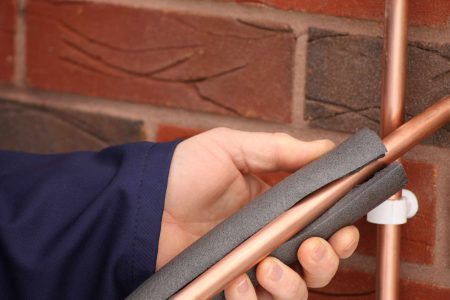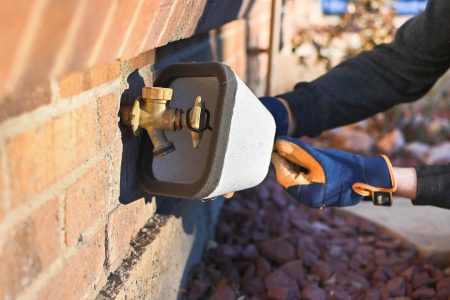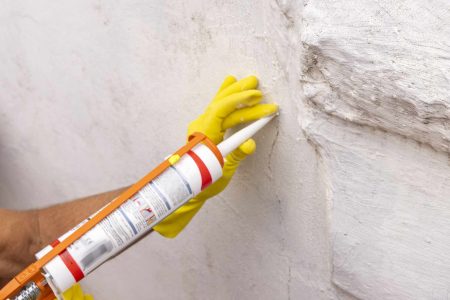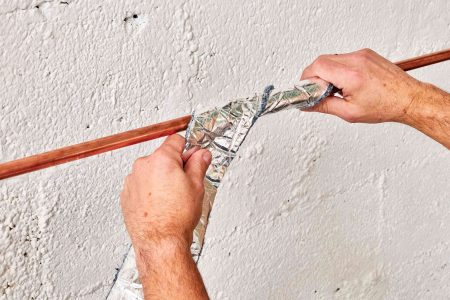Painting a house, whether interior or exterior, is a project that always seems to follow its own schedule. If you had to wait to paint until the skies are crystal-clear and blue, the painting would never get done. So, it helps when you know if you can push your painting into seasons that are less than perfect.
Paint and water don’t mix. Can you even paint on a rainy day or a semi-rainy day? If so, will the paint take so long to dry that it will affect its color or texture?
When You Can Paint in the Rain
You can paint both the exterior and interior of your house when it rains but not with rain touching the painted surface. This applies to the entire painting period: beginning with the initial unpainted (and dry) surface to the eventual fully cured painted surface.
Interior surfaces can be painted when it is raining outside, as long as rain does not reach the inside of the house. Since it is common to open the windows while painting, be careful that rain does not splash through open windows or screens onto painted window sills or walls.
For both exterior and interior surfaces, you can expect it to take longer for the paint to dry in the humid conditions of a rainy day than on dry, sunny days. This will delay the time until you can apply a second coat of paint.
Also, be cautious of humid conditions that cause condensation to form on the surface.
Determining When You Can Paint in the Rain
Many experts recommend against applying paint even at the slightest hint of rain. But if you live in a rain-prone area, this is usually not possible. Professional painters especially cannot afford to stop exterior painting every time a rain cloud comes onto the horizon.
Painting season is determined by climatic conditions such as moisture and temperature, not by terms like fall or winter. As long as you are safely within those climactic boundaries, it can be considered painting season.
To determine if a surface can be painted in the rain, consider:
Current Conditions
Is the surface visibly wet right now? Even a few drops of rain will count as wet. An actively wet surface cannot be painted until it dries completely.
Recent Conditions
When was the surface last wet? Even if a surface does not appear to be wet, it might have latent moisture that could affect your paint.
An exterior wall that was rained on may require four hours of drying time in direct sunlight and temperatures at or above 72 degrees Fahrenheit to be fully dry for painting. Ideally, you would want to wait a full day for the surface to dry. Even if the flat surfaces have dried, other areas might not be, such as:
- Sections that are hidden from the sun
- Trim and molding
- Hairline cracks in the siding
- Nail holes
A common scenario: You touch the wall and it feels dry. But when you run your brush across a nail hole, it releases built-up water. If you do not catch this right away, the water drips down your newly painted surface, creating light streaks. The only cure for this problem is an additional coat of paint.
Temperature
Is the temperature right? Is the outside temperature below the minimum recommendation as specified on the paint can? Temperature and moisture work in conjunction with each other. The lower the temperature, the longer it will take for your exterior surface to dry.
Will temperatures drop below minimums? Do not paint if the prediction is for temperatures to drop below the minimum within 10 hours of the paint application. Check the paint can label for the temperature recommendations.
Fixing a Rained-Upon Painted Surface
It is difficult to fix a painted surface that has not yet cured but that has been rained on. The water forms rivulets down the painted surface, affecting both the paint color and its texture.
The best way to fix this is to wait until the paint has fully dried. Next, cut away the raised lines of paint with a straight-edge razor. The affected area may need light sanding. After you have smoothed the surface back down again, the surface must be re-painted.
Read the full article here









